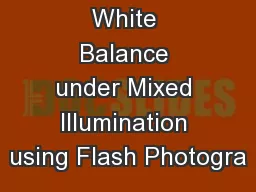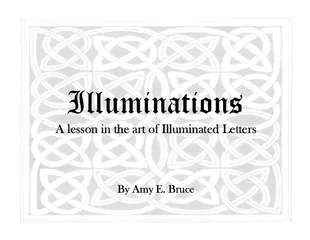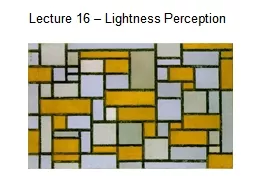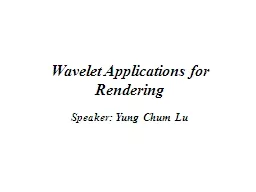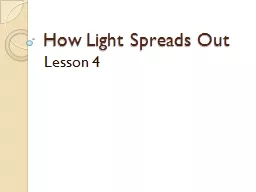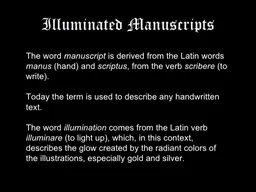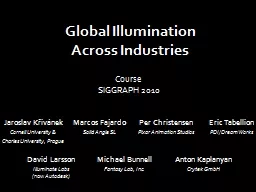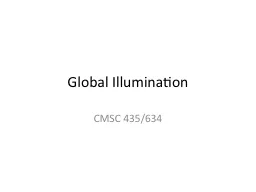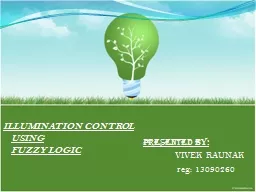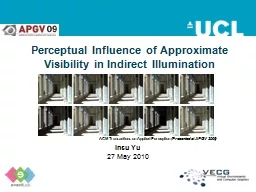PPT-White Balance under Mixed Illumination using Flash Photogra
Author : liane-varnes | Published Date : 2017-06-26
Zhuo Hui Aswin C Sankaranarayanan Kalyan Sunkavalli Sunil Hadap White balance Image formation albedo light color shading Assumption The scene is Lambertain
Presentation Embed Code
Download Presentation
Download Presentation The PPT/PDF document "White Balance under Mixed Illumination u..." is the property of its rightful owner. Permission is granted to download and print the materials on this website for personal, non-commercial use only, and to display it on your personal computer provided you do not modify the materials and that you retain all copyright notices contained in the materials. By downloading content from our website, you accept the terms of this agreement.
White Balance under Mixed Illumination using Flash Photogra: Transcript
Download Rules Of Document
"White Balance under Mixed Illumination using Flash Photogra"The content belongs to its owner. You may download and print it for personal use, without modification, and keep all copyright notices. By downloading, you agree to these terms.
Related Documents

